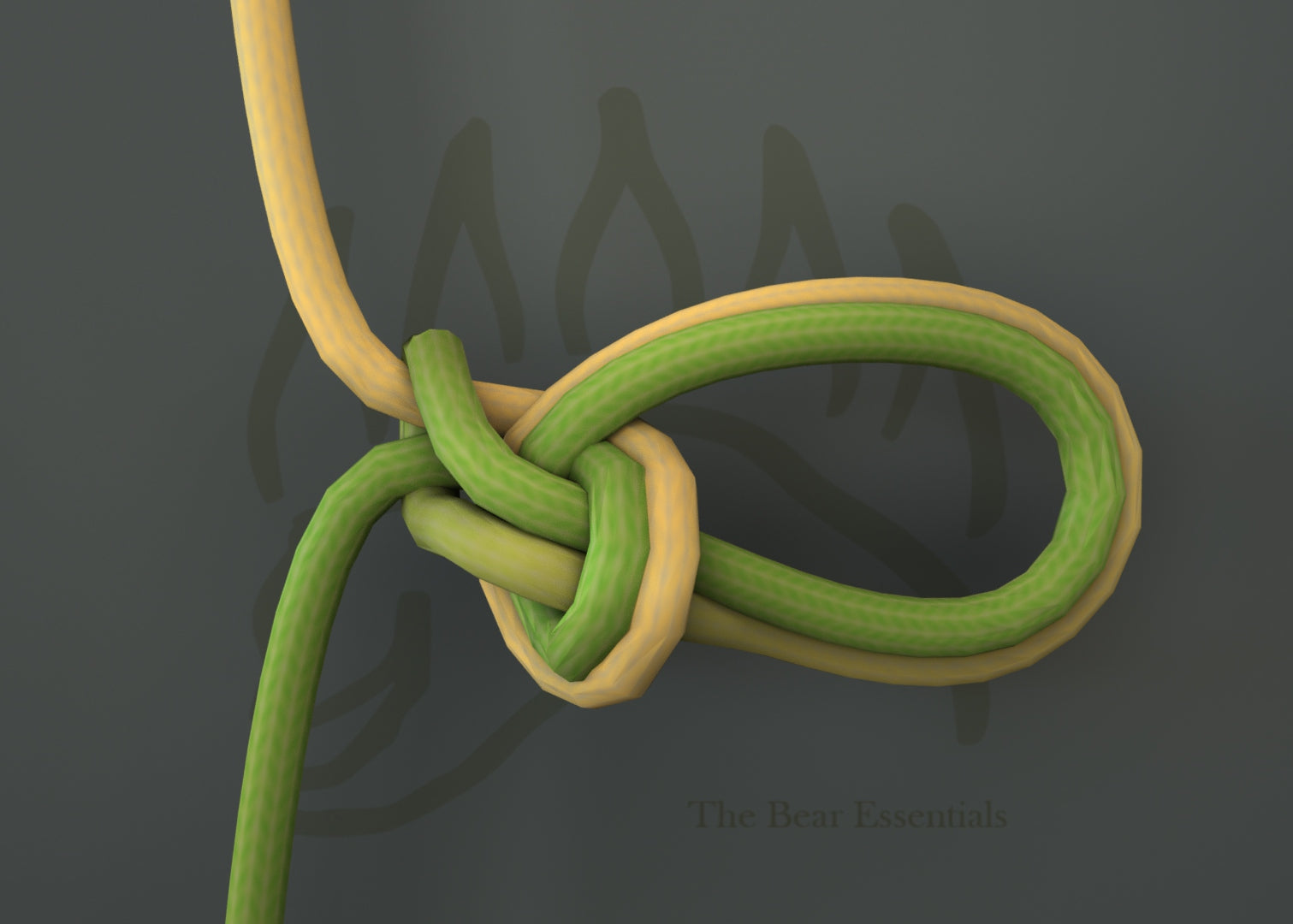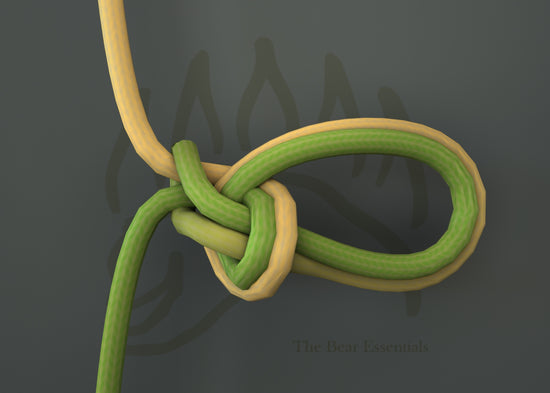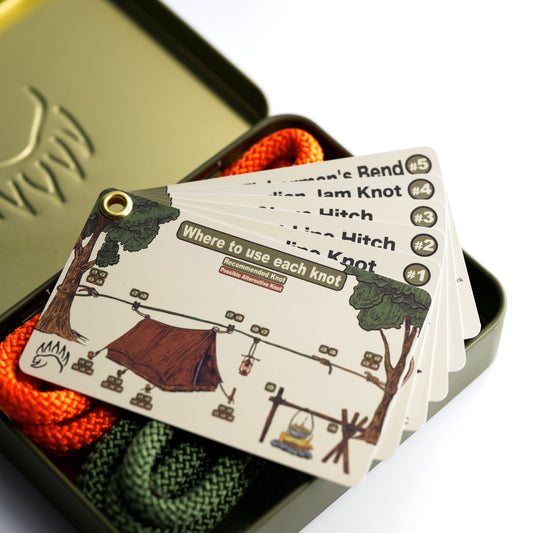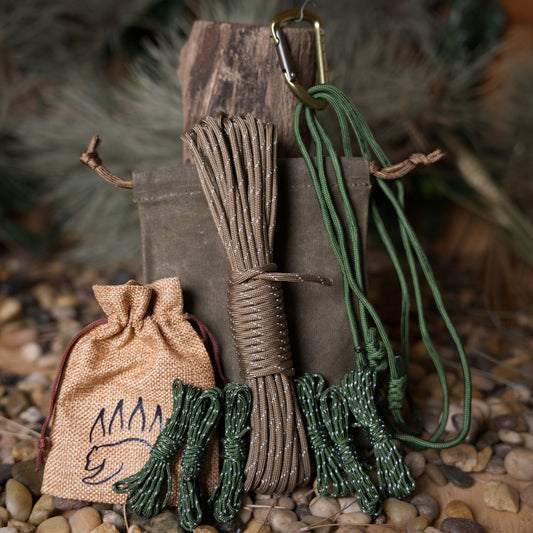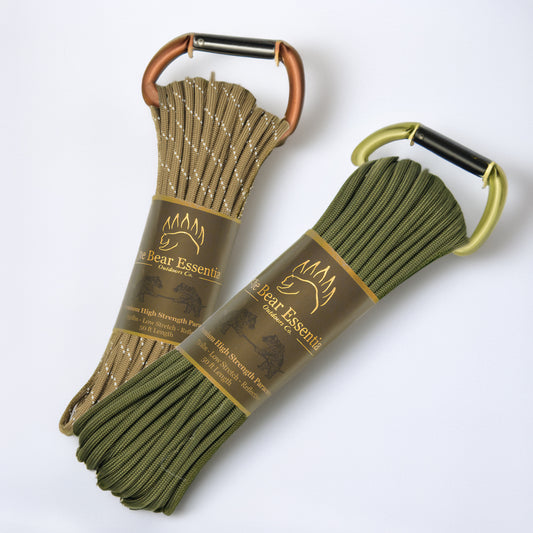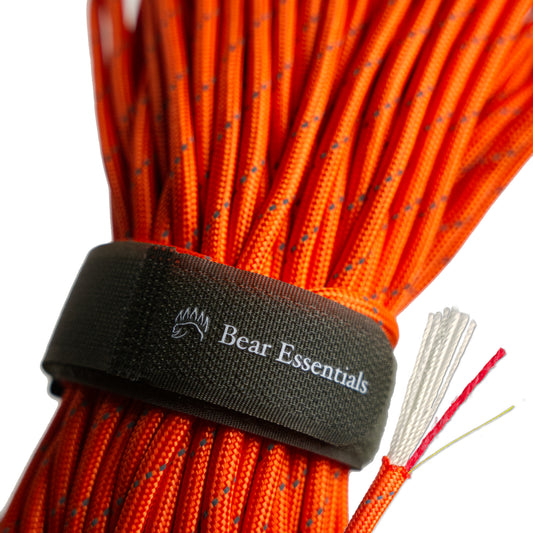How to Tie The Bowline on a Bight
Usage
The Bowline on a Bight is used to create two secure loops in the middle of a rope, offering exceptional versatility in rescue, climbing, and maritime environments. It's ideal when neither end of the rope is accessible, making it a go-to knot for hoisting, anchoring, or forming a makeshift seat or foothold.
Why Learn the Bowline on a Bight?
This knot combines the security and non-jamming reliability of the traditional bowline with the versatility of double loops. It can be tied mid-line, retains strength under load, and is relatively easy to untie—even after tension. It’s especially useful in emergencies or when a dependable midline attachment point is needed.
Common Uses
- Climbing: Creating secure attachment points mid-rope, tying into two anchor bolts, or setting up a Y-hang.
- Search and Rescue (SAR): Used as a bosun’s chair for lifting or lowering individuals, forming emergency harnesses or anchors without access to rope ends.
- Boating & Marine: Attaching gear mid-rope without cutting or accessing the ends, creating makeshift handholds or load points.
ABOK Number
(Ashley Book of Knots)
Other Names
Category
|
Notable Features
- Double Loop: Creates two equal or adjustable loops.
- Non-Jamming: Can be untied easily after bearing load.
- Versatile Load Distribution: Ideal for forming slings, seats, or multipoint anchors.
Variations
- Spanish Bowline: Also forms two loops, but with a symmetrical layout and more complexity.
- Bowline on a Bight with Backup: Adds a stopper knot or half hitch for added security.
- Emergency Bosun’s Chair: One loop goes around each thigh with the tail around the chest.
Similar Knots
001 Bowline
- Pros: Foundational loop knot; easy to tie.
- Cons: Creates a single loop at rope’s end.
005 Double Bowline
- Pros: Enhanced strength for harness tie-ins.
- Cons: End-loop only; not mid-line.
026 Spanish Bowline
- Pros: Two symmetrical loops; aesthetic design.
- Cons: More difficult to tie; complex structure.
027 Figure Eight on a Bight
- Pros: Strong and widely accepted in climbing.
- Cons: Forms only one loop.
011 Alpine Butterfly
- Pros: Ideal for isolating rope damage or mid-line loops.
- Cons: Single loop only; tighter structure.
History
The Bowline on a Bight evolved from the traditional bowline, long hailed as the “king of knots” for its versatility and security. Its origin likely stems from maritime rigging, where complex sailing systems demanded secure loops without accessing rope ends.
Clifford W. Ashley formally documented it in The Ashley Book of Knots (#1080), praising it for its double-loop strength and utility in rescue scenarios. Geoffrey Budworth also emphasized its usefulness in climbing and SAR in The Complete Book of Knots (1997).
Modern applications in caving and climbing continue to prove its value, particularly when load distribution or redundancy is critical. Its simple structure and adaptability have made it a staple in both traditional seamanship and vertical environments.
History Section Citation/Source:
- Ashley, C. W. (1944). The Ashley Book of Knots. Doubleday.
- Budworth, G. (1997). The Complete Book of Knots. Lyons Press.
Security Level
The Bowline on a Bight is strong and stable, but should be used with a backup knot when tied into harnesses or life-critical systems. It performs well under shared or distributed loads, though caution is advised when only one loop is loaded.
Downsides
- Single-Loop Loading Risk: Knot may slip if only one loop is loaded.
- Bulky: Larger footprint than a figure-eight or Alpine Butterfly.
- Requires Backup in Critical Use: Should be reinforced when used in climbing tie-ins.
Structure
- Form a bight in the rope.
- Create a small loop above the bight, as for a standard bowline.
- Pass the bight up through the loop.
- Open the bight and bring it down over the loop and standing parts.
- Pull both standing ends and the loops to tighten evenly.
FAQ
What is the Bowline on a Bight used for?
For rescue, climbing, or marine purposes, especially where mid-line loops are required without accessing the rope’s ends.
Is the Bowline on a Bight secure for climbing?
Yes, but it should be used with a backup knot and both loops loaded.
How does it differ from the standard Bowline?
It creates two loops mid-line rather than one at the end.
Can it be untied after load?
Yes, it is non-jamming and easy to release, even after high tension.
Important Notes on Safety
While the Bowline on a Bight is highly useful and non-jamming, it should always be backed up when used for life support, especially in climbing or rescue. Ensure both loops are loaded evenly, and avoid use in single-loop applications unless reinforced properly.
